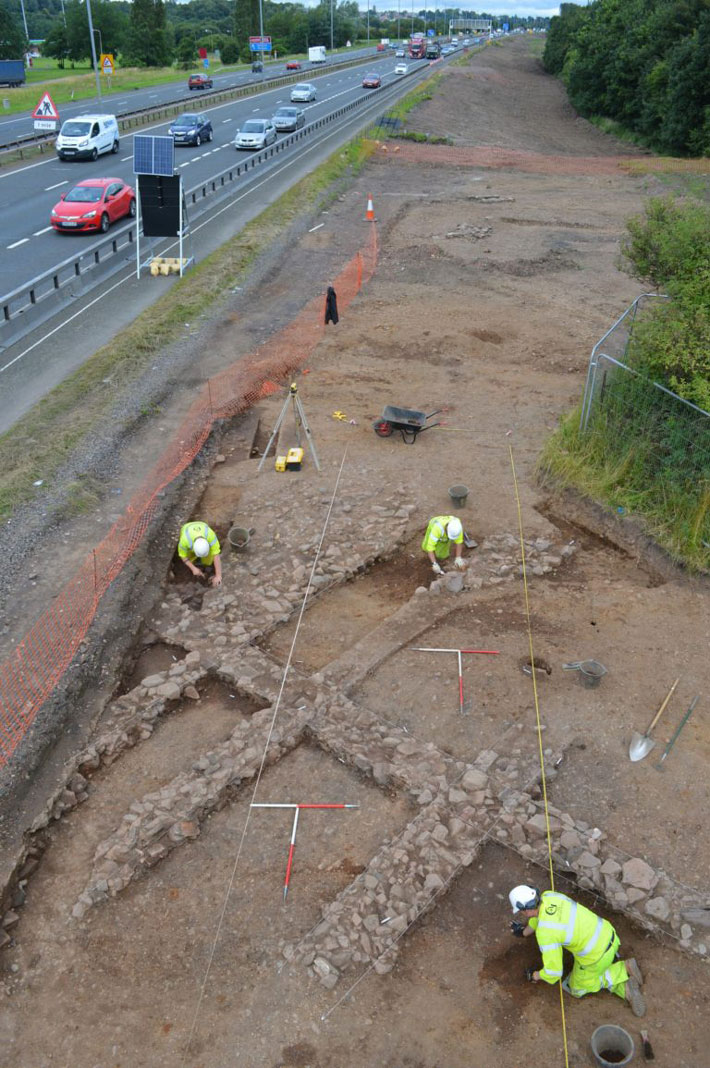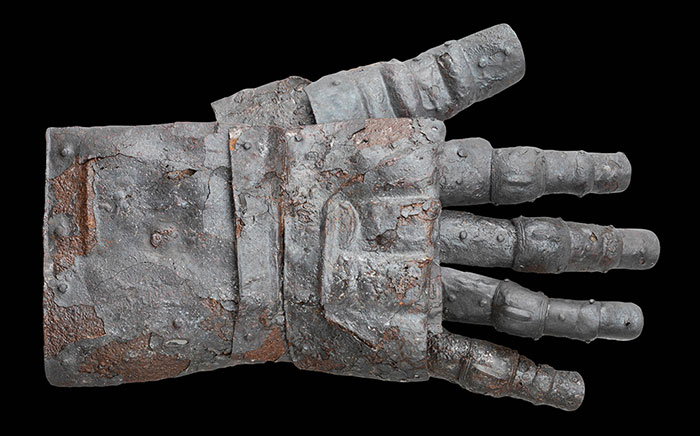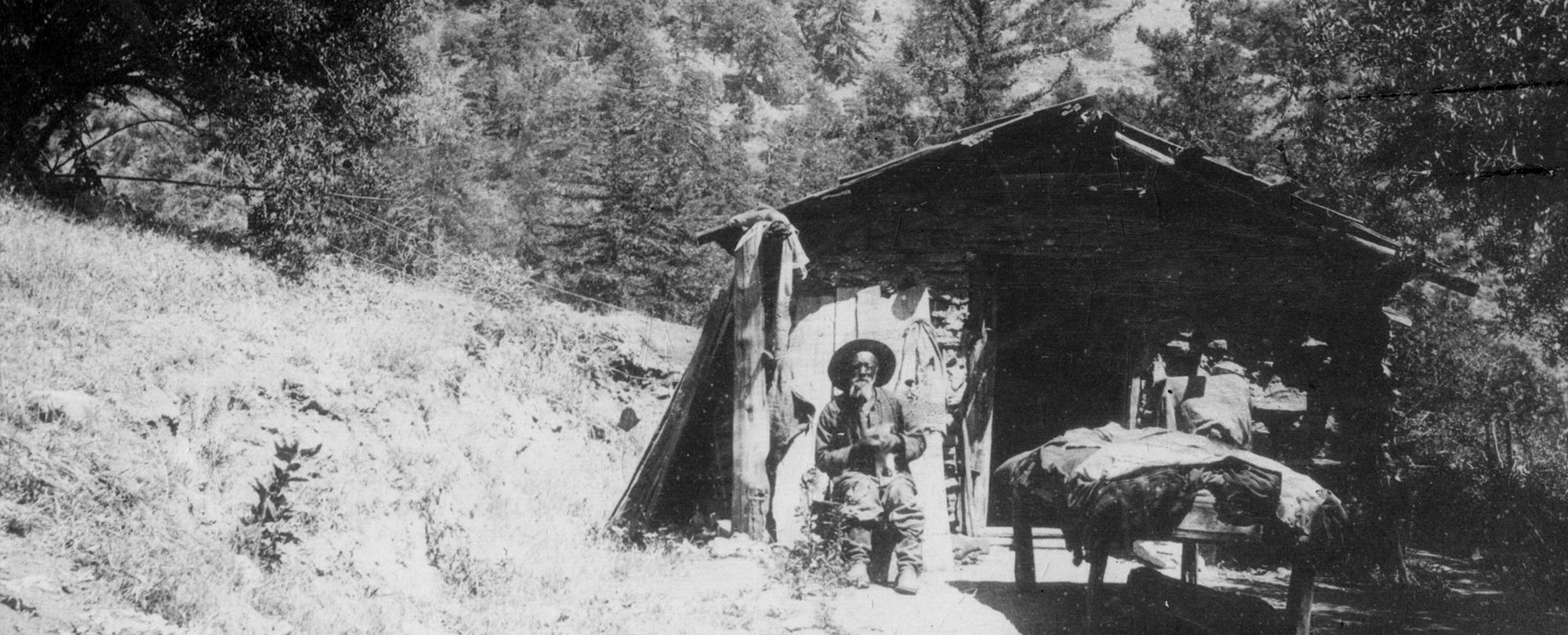
BOTHWELL, SCOTLAND—The Scotsman reports that traces of four buildings dated from the fourteenth to the seventeenth centuries were uncovered during roadwork in southern Scotland. The buildings were part of a village that was turned into parkland in the eighteenth century by the Duke of Hamilton. In the foundation level of one of the buildings, researchers found a spindle whorl, a whetstone, two seventeenth-century coins, and an iron dagger. The dagger, which may have been crafted in the Iron Age, could have been deposited as part of a ritual to protect the structure and its inhabitants from harm, according to Natasha Ferguson of Guard Archaeology. Gemma Cruickshanks of National Museums Scotland said the dagger appears to have been covered in a sheath when it was buried, and was probably still useable at the time. The other objects recovered from the foundations may have represented a special connection to an individual, activity, or place. Pottery, a tobacco pipe, gaming pieces, nails, and evidence of metalworking were also uncovered at the site. To read about DNA analysis of remains dating to the thirteenth through fifteenth centuries interred in a peculiar Scottish grave, go to "Heads of the Family."










